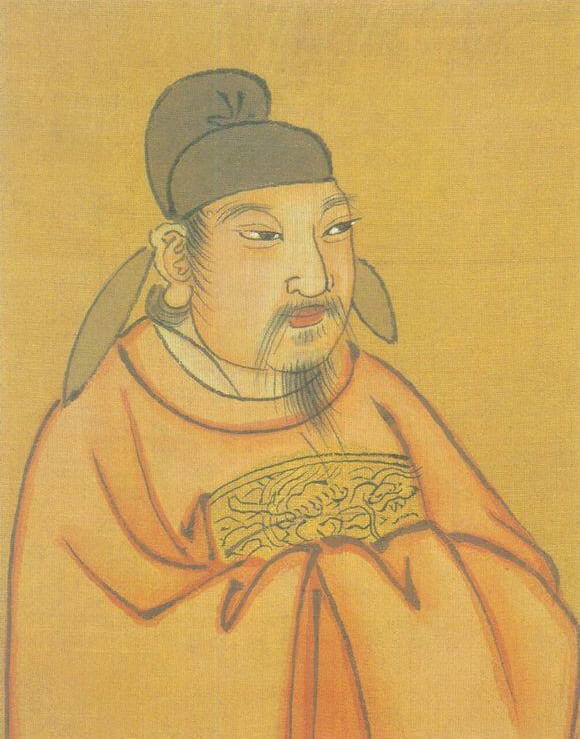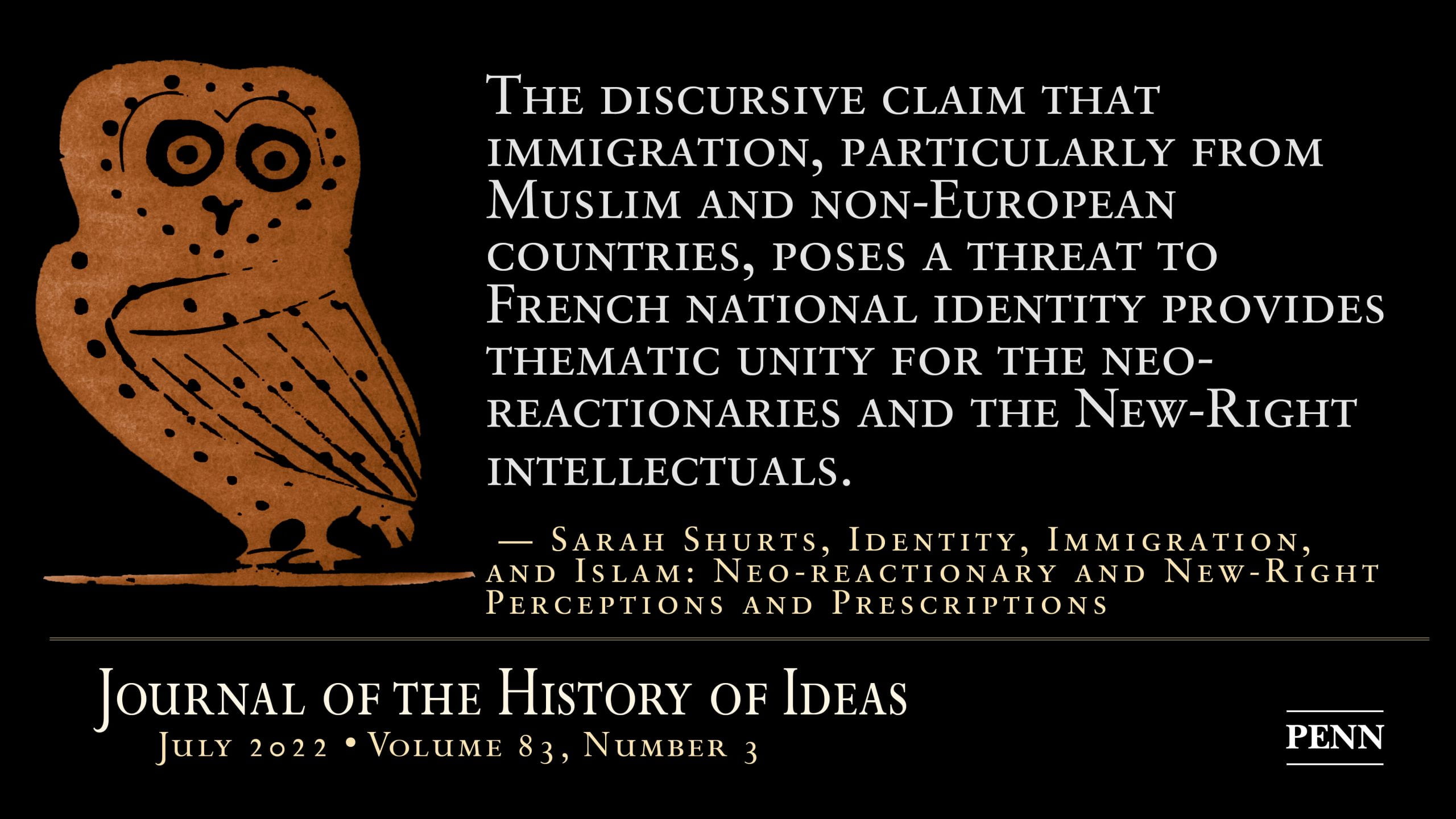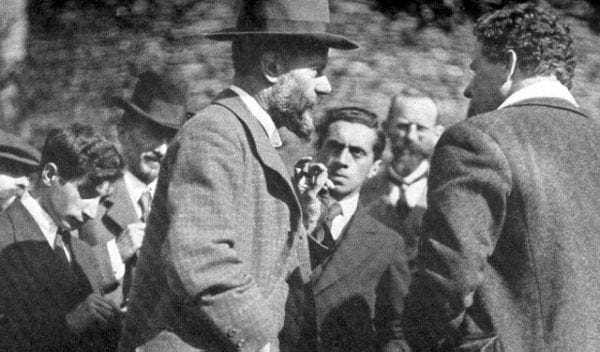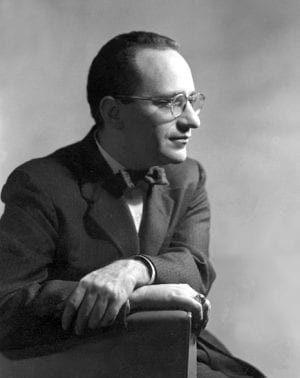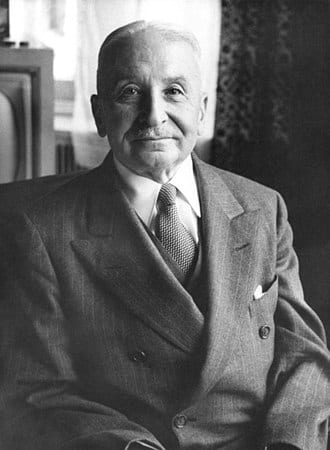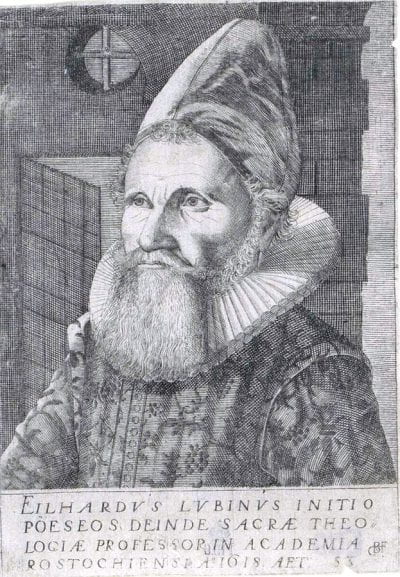Category Broadly Speaking: A Companion Interview
Shoufu Yin in conversation with Alexander Collin about Yin’s article in JHI volume 83, issue 4.
Giorgio Lizzul in conversation with Elsa Costa about Lizzul’s article in JHI volume 83, issue 3.
Andrew McKenzie-McHarg in conversation with Grant Wong about McKenzie-McHarg’s article in JHI volume 83, issue 3.
Sarah Shurts in conversation with Alex Collin about her article in JHI volume 83, issue 3.
By contributing editor Alex Collin
by contributing editor Elsa Costa
By contributing editor Nuala P. Caomhánach
By contributing editor Glauco Schettini
by contributing editor Jacob Saliba
